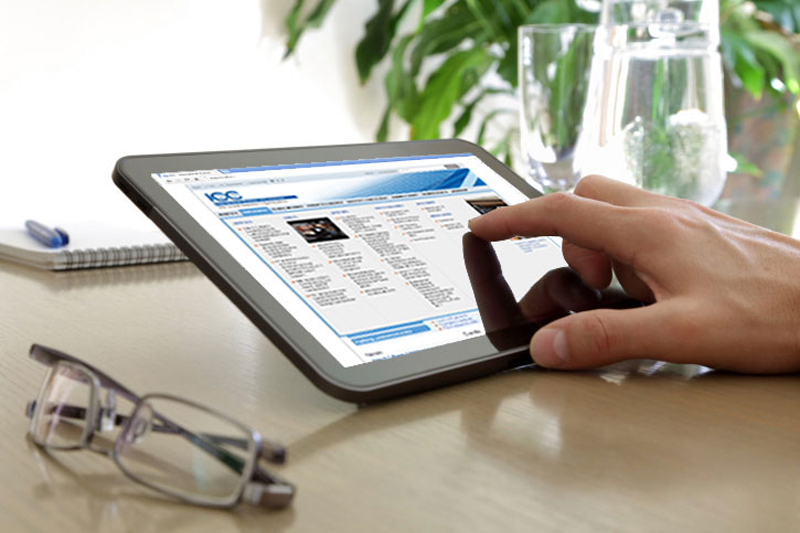Cold emailing is an important marketing technique. But it’s not easy to know the amount of emails to send per time without ruining the credibility of your domain. While common guidance exists, knowing the appropriate amount entails more than just following basic norms.
Tailoring techniques, using AI, maintaining compliance, and other measures can help to maximize cold email effectiveness and avoid deliverability concerns. This article will examine the most successful emails you can send.
Factors Influencing the Daily Quantity of Cold Emails Received by Each Domain
To establish a solid email reputation, track interaction rates, and make sure the material is worthwhile, start slowly. By progressively raising the volume and utilizing mechanisms to modify in reaction to responses, you can prevent overloading recipients. Improve your strategy using segmentation, A/B testing, and customization. Use a CRM to keep track of interactions and constantly tweak your plan for the best results.
Tailoring Email Volume to Your Industry
High-tech B2B enterprises can send 100-200 emails every day because their customers expect and respond positively to digital outreach. However, retail organizations may need to limit daily emails to 50 or fewer to avoid overwhelming audiences and high unsubscribe rates.
Additionally, it’s important to have an email volume that is unique to your sector. In businesses with complex sales cycles, such as real estate or finance, sending fewer, highly focused emails is often more effective. On the other hand, industries with speedier sales cycles may profit from increased email volumes, especially if they are well-targeted.
New Tools for Managing Cold Email Volume
Tools will help manage and optimize daily cold emails, ultimately safeguarding your domain’s reputation from potential harm. Email warm-up systems, like this site, carefully boost sending volume while developing ISP trust and bypassing spam filters.
Tools for monitoring domain reputation are equally important. They offer up-to-date details on how ISPs are interpreting your domain. This enables you to adjust the number of emails you send according to your current circumstances.
Monitoring tools for domain reputation are equally important. They give you access to real-time data about how ISPs see your domain. These technologies can alert you if your reputation declines so you may take swift corrective action before it impairs your deliverability.
Make Your Focus Quality over Quantity
E-mail messages that meet the recipient’s individual needs and interests typically yield better outcomes with fewer communications. Rather than focusing on the quantity of emails, concentrate on creating emails that provide real value. This strategy lowers the possibility that your emails will be regarded as spam while simultaneously increasing engagement.
How to Boost the Success Rate of Cold Email
Some of these include:
- Personalize your emails to make recipients feel valued, and craft intriguing, clear subject lines.
- Avoid blasting generic messages, overloading information, and lacking clear calls to action.
- Use A/B testing to find what works best, keep emails concise, and track metrics to refine your strategy.
Conclusion
You can become an expert at cold emailing people. Note that making each email matter is more important than only focusing on the statistics. But you must ensure they are brief, customized, and appealing subject lines to draw readers in.



